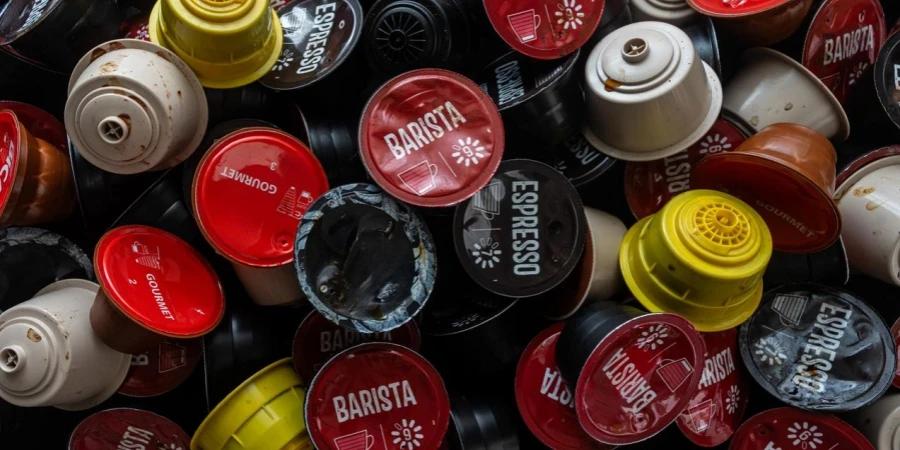Table of Contents
1. Introduction
2. Key Types of Coffee Pods and Their Uses
3. Recent Market Overview and Trends in Coffee Pods
4. Essential Factors to Consider When Choosing Coffee Pods
5. Best Coffee Pods and Leading Models of 2025
6. Conclusion
Introduction
Coffee pods have become a staple for businesses and individuals alike due to their convenience, consistency, and variety. These single-serve capsules offer a fast and easy way to brew coffee, catering to diverse tastes, from bold espressos to smooth, mild blends. As 2025 unfolds, the coffee pod market is evolving, offering more sustainable and high-quality options to meet rising expectations. Selecting the right coffee pod is essential for ensuring both efficiency and quality, especially for companies looking to provide the best in flavor and performance.
Key Types of Coffee Pods and Their Uses
Single-Serve Pods
Single-serve coffee pods are one of the most commonly used formats today, known for their simplicity and convenience. Each pod holds the exact amount of coffee for one cup, which makes the brewing process quick and efficient. This type is especially popular with machines like Keurig and Nespresso, providing a wide variety of flavors and intensities. Businesses often prefer these pods for their ability to maintain consistent flavor and freshness, as they are individually sealed to lock in aroma and taste. While they offer a highly convenient solution for large-scale use, traditional single-serve pods have raised environmental concerns due to their plastic and aluminum components.
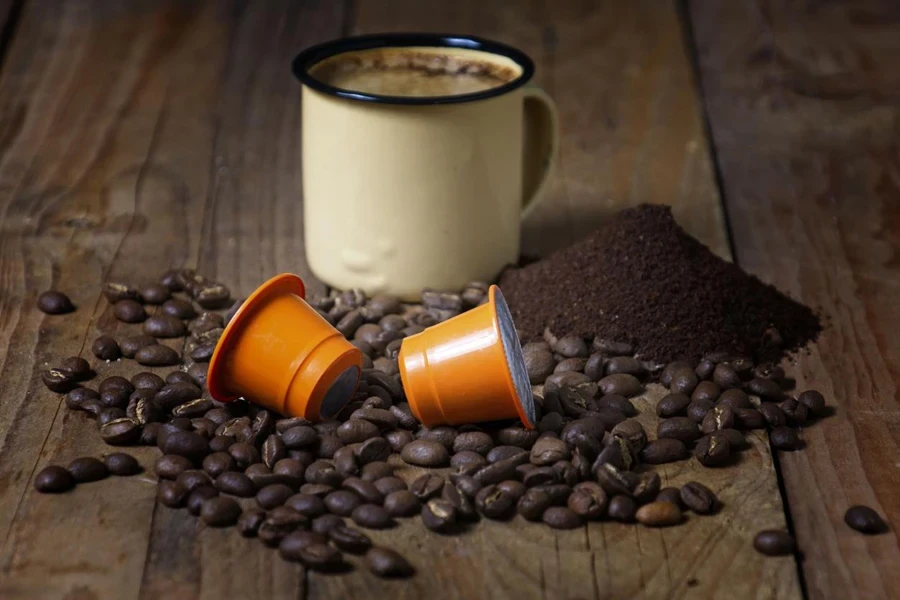
Compostable and Eco-friendly Pods
In response to growing environmental concerns, compostable coffee pods have gained popularity. Made from plant-based materials like cornstarch or sugar cane, these pods can break down in composting facilities, reducing waste. Some brands have successfully created high-quality compostable options that rival traditional pods in terms of taste and convenience. However, these eco-friendly options often require industrial composting to fully decompose, which may not be available everywhere. Despite this, they present a significant step forward in sustainability, especially for businesses that prioritize environmental responsibility.
Specialty and Premium Coffee Pods
For those looking to offer a more elevated coffee experience, specialty and premium coffee pods are designed with quality in mind. These pods often use carefully selected coffee beans, sourced from specific regions to deliver complex and refined flavor profiles. Espresso pods, in particular, are highly valued for their ability to produce a strong, rich brew with a distinctive crema. While these premium pods often come at a higher price, they cater to coffee lovers who prioritize taste and quality over convenience. Many of these options are also available in compostable formats, combining luxury with eco-conscious choices.
Recent Market Overview and Trends in Coffee Pods
Coffee Pod Market Growth in 2024
The global coffee pod market is projected to be valued at USD 28.65 billion in 2024 and is expected to grow to over USD 40 billion by 2029, with a compound annual growth rate (CAGR) of approximately 6.9%. This growth is driven by increasing demand for single-serve coffee solutions, especially in fast-paced regions such as North America and Europe. Europe, which contributes approximately 37% of the global market, plays a key role, supported by a strong coffee culture. Major producers are addressing this demand by offering a wide range of flavors and intensities, appealing to both everyday coffee drinkers and premium coffee enthusiasts, according to Mordor Intelligence.
Another factor contributing to this growth is the continuous innovation in coffee pod technology and flavors, which maintains consumer interest in the product. Premium coffee offerings, including organic and specialty blends, are gaining traction, particularly in regions with strong coffee cultures like France, Germany, and Italy. In addition, increased disposable income in Asia-Pacific markets like China, Japan, and South Korea has bolstered the demand for single-serve pods, reflecting a convergence of Western coffee culture and local preferences.
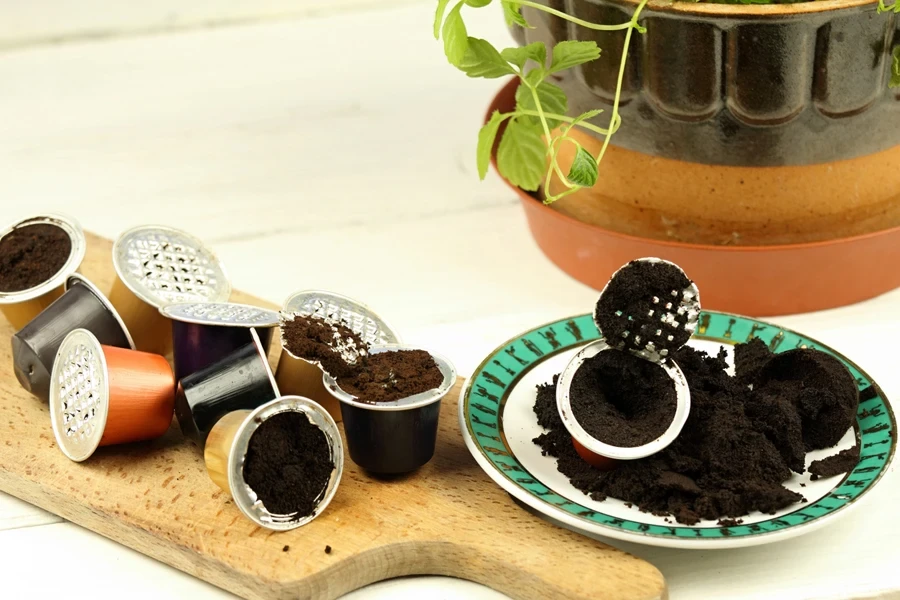
Eco-friendly and Health-conscious Shifts
Sustainability has become a significant trend in the coffee pod industry. Consumers are increasingly seeking eco-friendly alternatives, leading to a rise in the demand for compostable and biodegradable pods made from plant-based materials. Companies are responding by offering products that reduce plastic waste and appeal to environmentally conscious buyers, especially in Europe and North America.
Health-conscious consumers are also shaping the market by favoring decaffeinated and organic coffee options, as well as products made with pesticide-free beans. This trend toward healthier and more sustainable choices is expected to drive further innovation in the coffee pod market.
Essential Factors to Consider When Choosing Coffee Pods
Compatibility with Machines
Ensuring that coffee pods work with specific machines is crucial. Not all coffee pods are universally compatible, and brands like Keurig and Nespresso have their own proprietary systems. Keurig uses K-Cups, while Nespresso’s OriginalLine and VertuoLine pods have unique designs. Additionally, there are third-party manufacturers offering compatible pods, often at a lower cost. However, it’s important to confirm compatibility before purchasing to avoid wasted pods or malfunctioning equipment.
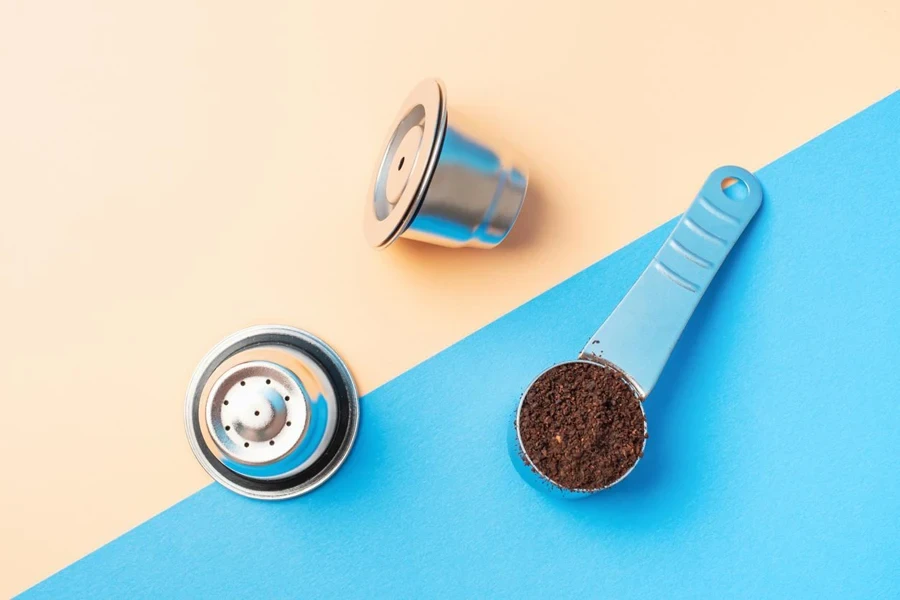
Flavor and Variety
Coffee pods are available in a broad range of flavors and strengths, catering to diverse preferences. Many brands offer everything from bold espressos to mild blends, including flavored options like caramel or vanilla. Premium options, such as organic or single-origin coffee, are increasingly popular among those who prioritize quality. For businesses, offering a variety of flavors can enhance the coffee experience for customers or employees, ensuring there’s something for everyone.
Packaging and Sustainability
Sustainability is becoming a key consideration when selecting coffee pods. Traditional pods, often made of plastic and aluminum, contribute to significant environmental waste. To address this, many companies now produce compostable or biodegradable pods made from plant-based materials. These eco-friendly alternatives can reduce the environmental impact significantly. Some brands even offer recycling programs for used pods, providing a sustainable solution for single-use coffee. Packaging choices not only influence environmental impact but also customer satisfaction, especially for those prioritizing eco-conscious brands.
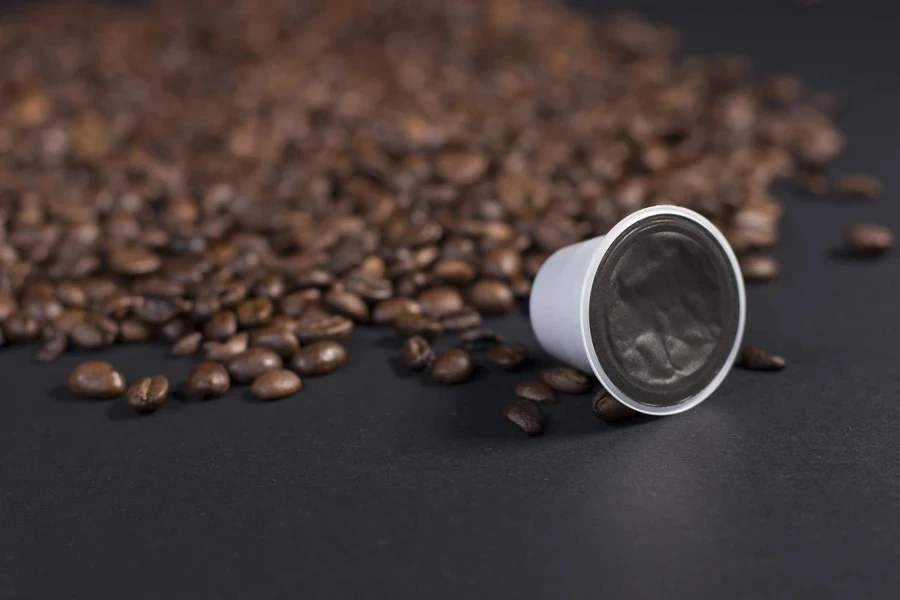
Cost Efficiency and Bulk Buying
Coffee pods can be more expensive per serving compared to traditional brewing methods. However, buying in bulk can significantly reduce the cost per pod, especially for businesses using high volumes. Third-party pods often offer more affordable options while maintaining quality, and for those looking to reduce costs further, reusable pods that allow for custom ground coffee can be a cost-efficient solution. Balancing quality and price is key when considering bulk purchases, especially for businesses aiming to offer a premium coffee experience without overspending.
Best Coffee Pods and Leading Models of 2025
Top-Rated Single-Serve Coffee Pods
Single-serve coffee pods are widely favored for their convenience and consistency, delivering reliable flavor with minimal effort. Brands like Nespresso and Keurig dominate this segment. Nespresso’s OriginalLine and VertuoLine are known for their exceptional espresso quality, offering rich, bold flavors that satisfy even the most discerning coffee drinkers. These pods excel at delivering a refined coffee experience, particularly for those who enjoy espresso-based drinks. On the other hand, Keurig’s K-Cup system is versatile, offering a wide variety of coffee options through popular brands such as The Original Donut Shop and Café Bustelo. These brands provide a balance of quality and convenience, with flavors ranging from light to dark roasts, catering to broad taste preferences.
Best Compostable Pods for Sustainability
Sustainability has become a major focus in the coffee pod industry, with several brands stepping up to offer eco-friendly alternatives. Lavazza’s Eco-Caps are a leading choice in this category, made from biodegradable materials that break down quickly while still providing a full-flavored espresso experience. Organic Coffee Co. also offers compostable pods, combining environmental responsibility with organic, sustainably sourced beans. These pods are ideal for businesses or consumers who prioritize reducing their environmental impact without compromising on taste. Similarly, Boyd’s Coffee has gained recognition for its fully compostable pods, which pair a commitment to sustainability with high-quality Rainforest Alliance-certified beans. These brands make it easier for businesses to offer eco-conscious coffee solutions that meet the growing demand for sustainable products.

Luxury and Premium Choices
For those seeking a premium coffee experience, brands like Illy and Artisan Coffee Co. are standout options. Illy’s pods are known for delivering a smooth, rich espresso, perfect for those who value both flavor and consistency. Their long-standing reputation for excellence in Italian espresso makes them a top choice for coffee lovers looking for a luxurious cup. Artisan Coffee Co. also caters to the high-end market with its focus on unique, carefully sourced blends. These pods offer complex flavors and a refined coffee experience, appealing to buyers who prioritize both taste and the overall coffee experience. Both brands are ideal for those looking to elevate their coffee offerings with premium-quality pods.
Conclusion
When choosing coffee pods in 2025, it’s essential to strike a balance between quality, sustainability, and cost. High-quality pods from well-known brands ensure a consistent and satisfying coffee experience, while compostable options address growing environmental concerns. Brands that offer premium flavors, such as those with organic certifications, provide a unique value for businesses catering to discerning customers. At the same time, cost efficiency can be achieved through bulk buying or selecting third-party options compatible with popular machines. Ultimately, thoughtful selection ensures a balance of taste, environmental responsibility, and cost-effectiveness.
